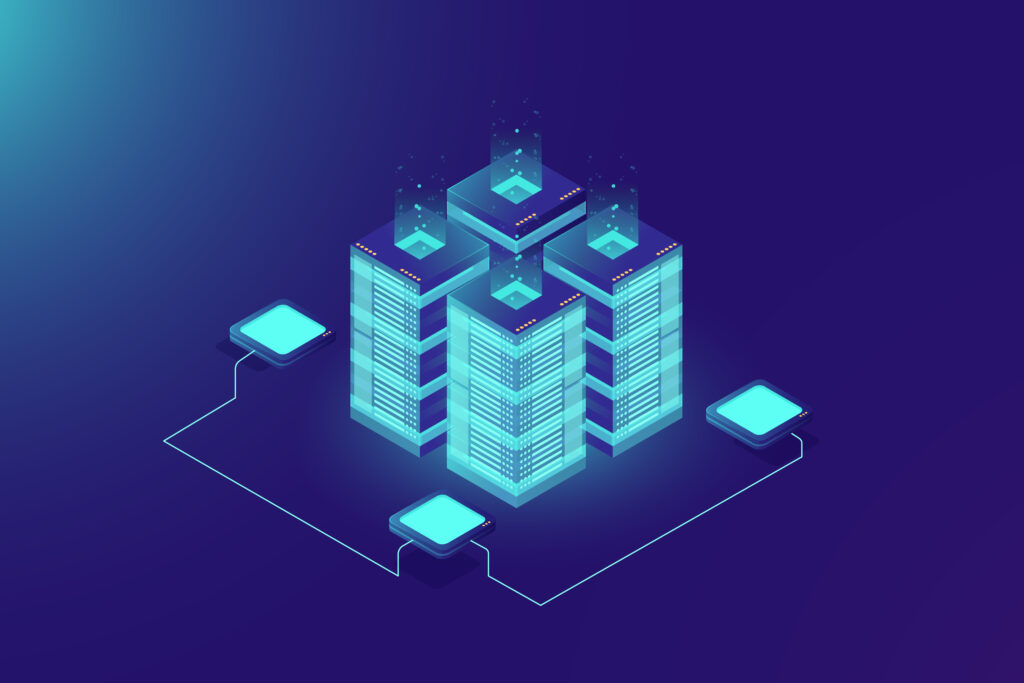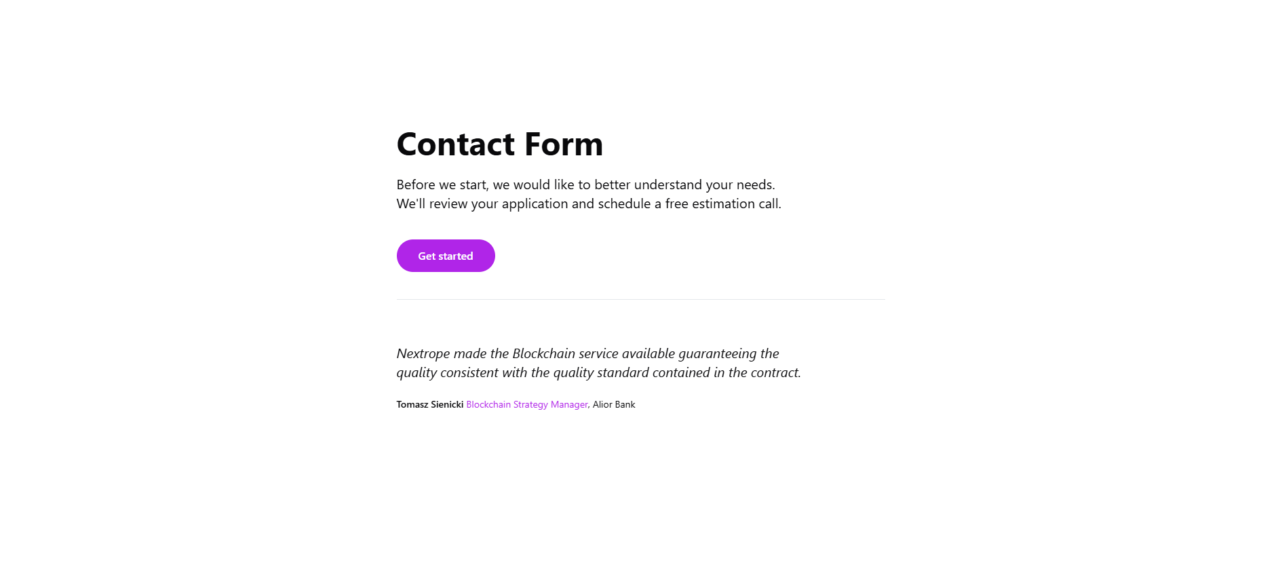Introduction
As blockchain and cryptocurrency have risen in popularity, zero-knowledge proofs have become increasingly important in cryptography. These types of proofs allow for one party to prove they know certain information without actually revealing the information, making them useful for confidential transactions. In this blog post, we will compare the differences between the two most commonly used kinds of zero-knowledge proofs: zk-SNARKs vs zk-STARKs.
What are Zero Knowledge Proofs?
In cryptography, zero-knowledge proofs are a type of protocol that enables one party to prove to another party that a statement is true without revealing any additional information beyond the statement's truthfulness. In other words, zero-knowledge proofs allow one party to demonstrate knowledge of a particular fact without disclosing any other information that could be used to derive the same knowledge. This makes them useful for applications that require secure and private transactions, such as in blockchain and cryptocurrency, where they can be used to verify transactions without revealing any sensitive information. Zero-knowledge proofs are becoming increasingly important in cryptography due to their potential applications in privacy-preserving systems and secure transactions.
In the Mina Protocol video below, you will learn more details:
Zk-SNARKs vs zk-STARKs: what’s the difference?
In the realm of zero-knowledge proofs, there are two types: k-SNARKs and zk-STARKs. The distinguishing factor between the two lies in their approach to generating proofs. While zk-SNARKs utilize a trusted setup in which a group of trusted individuals generate a set of public parameters to generate proofs that can be reused indefinitely, zk-STARKs employ a more computationally intensive method that negates the need for a trusted setup.
Zk-SNARKs vs zk-STARKs
When comparing Zk-SNARKs and zk-STARKs, one key difference is their level of transparency. Zk-SNARKs are considered less transparent than zk-STARKs due to their reliance on a secret key that is only known to trusted setup participants, which could compromise the system's security if leaked or compromised. However, zk-STARKs are completely transparent and don't rely on assumptions or secret keys, making them more appealing to those who prioritize both transparency and security.
In terms of proof generation time and size, Zk-SNARKs are generally less efficient than zk-STARKs. However, zk-STARKs have the advantage of scalability and can handle more complex computations. Additionally, zk-STARKs are post-quantum secure, while Zk-SNARKs are not, making them resistant to attacks from quantum computers. Another important consideration is that zk-STARKs are more scalable and can handle larger computations compared to zk-SNARKs.
Zk-SNARKs explained
Zk-SNARKs have become increasingly popular due to their efficiency and privacy-preserving features, making them applicable in various real-life scenarios such as in blockchain, where they can be deployed to prove ownership of digital assets without revealing sensitive information. Additionally, Zk-SNARKs have played a crucial role in voting systems by ensuring the accurate counting of votes while maintaining voter anonymity. One of the most notable applications of Zk-SNARKs can be observed in Zcash, a private cryptocurrency, which allows users to transact anonymously while concealing transaction data. However, concerns about potential security risks have been raised regarding the use of trusted setups in Zk-SNARKs, as a compromised trusted setup can put the entire system's privacy at risk.
Zk-STARKs explained
Rather than requiring a trusted setup like zk-SNARKs do, zk-STARKs were developed as a better alternative, which is more resistant to attacks. This is because the trusted setup of zk-SNARKs is vulnerable to malicious use should it be compromised. Despite this, zk-STARKs require more calculations to generate a proof, making them less efficient overall. Still, recent developments have paved the way for more efficient zk-STARKs, making it a promising replacement to zk-SNARKs.
According to their use cases, zk-SNARKs and zk-STARKs differ not only in efficiency and trusted setups. Applications that require fast and efficient proof verification, such as privacy-preserving transactions in cryptocurrencies, typically use zk-SNARKs. In contrast, zk-STARKs are more appropriate for applications that require transparency and no trusted setup, such as voting systems and decentralized autonomous organizations (DAOs). Additionally, it's worth noting that although zk-SNARKs and zk-STARKs are the most prominent types of zero-knowledge proofs, there are other variants such as Bulletproofs and Aurora that offer different trade-offs in efficiency and security, depending on the specific use case.
How to implement zk proof in the project?

When implementing zero-knowledge proof in a project, there are various technical steps involved, and depending on the type of zero-knowledge proof used, different methods and tools are available, such as zk-SNARKs vs zk-STARKs. For instance, when using zk-SNARKs, developers must utilize a trusted setup to produce the public parameters that will be used to generate and authenticate the proofs. The process requires the selection of the appropriate trusted setup ceremony, the setup of necessary infrastructure and assigning the participants who will generate the parameters. After the trusted setup, developers must include the appropriate libraries such as libsnark in their code and develop the functions required to generate and authenticate the proofs.
When it comes to zk-STARKs, a different approach is necessary for developers since trusted setup isn't required. To prove the computations, they need to utilize tools like circom and snarkjs to generate the circuits and tools such as groth16 and marlin to verify and generate the proofs. This includes choosing the appropriate tools and libraries, creating circuits, and ensuring full implementation of verification functions and proof generation.
A deep understanding of the cryptographic protocols involved, as well as having access to the necessary tools and libraries, are crucial requirements for developers when implementing zero-knowledge proof in a project. Additionally, developers must ensure that the proofs generated by the system are correct, secure, and efficient without compromising the users' privacy or security. Testing and debugging play a critical role during the process, and developers must ensure the system undergoes thorough testing before deploying it to production.
Conclusion
Zero-knowledge proofs have become increasingly crucial in cryptography, particularly in blockchain and cryptocurrency. The most commonly used types of zero-knowledge proofs are zk-SNARKs and zk-STARKs, which vary in their approach to generating proofs, level of transparency, proof generation time and size, scalability, and post-quantum security. To implement zero-knowledge proof in a project, developers must possess a thorough understanding of the cryptographic protocols employed, access to the necessary tools and libraries, and ensure the system undergoes comprehensive testing before deployment. Different technical steps and methods are required depending on the zero-knowledge proof used. As the use of zero-knowledge proofs continues to expand, comprehending the trade-offs between different types and effectively implementing them in various applications while safeguarding privacy and security is of utmost importance.
 en
en  pl
pl 












